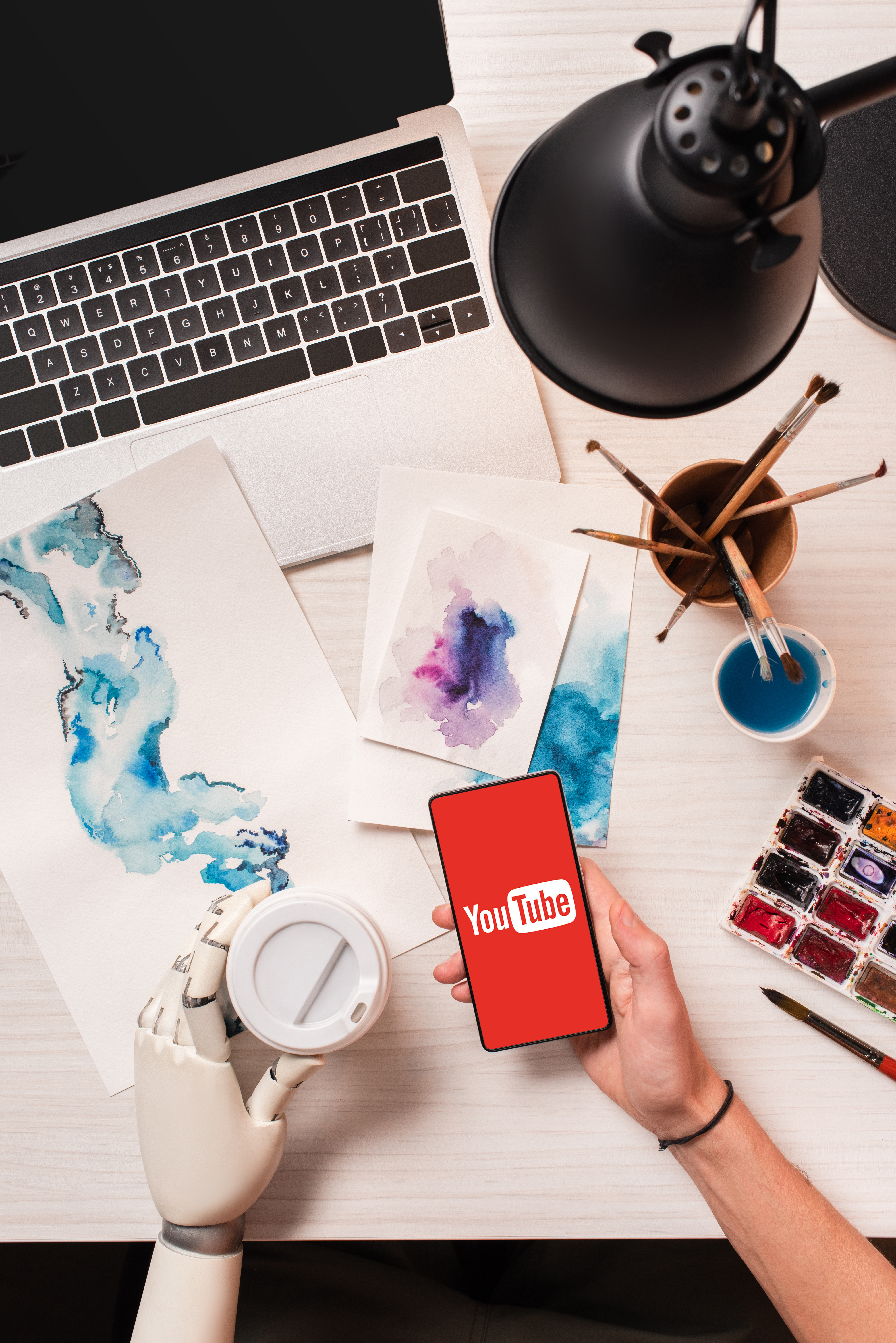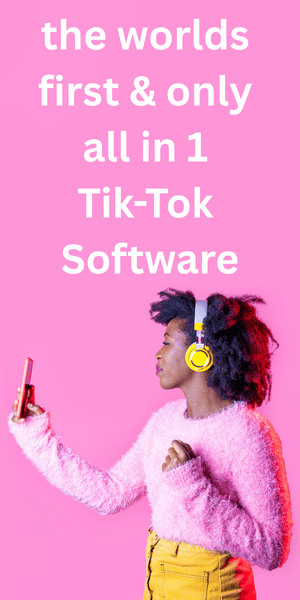Which image format is the best?
The Best Image File Formats: Which One Should You Use and When?
Images are everywhere—from websites and social media posts to digital ads and mobile apps. But not all image file formats are created equal. Choosing the right image format can significantly affect your website’s speed, SEO, visual quality, and even file size.
In this comprehensive guide, we’ll explore the most common image formats—JPG (JPEG), PNG, GIF, WebP, SVG, TIFF, and HEIF—and examine their best use cases, pros, and cons.
1. JPEG / JPG – Best for Photographs and Web Use
What Is JPEG?
JPEG (Joint Photographic Experts Group) is the most widely used image format on the web. It's designed for compressing full-color photographic images without preserving full quality.
Pros:
-
Excellent compression with relatively small file sizes
-
Compatible with all browsers and devices
-
Great for web photos, blogs, and email attachments
-
Fast loading on websites
Cons:
-
Lossy compression (some image quality is sacrificed)
-
Not suitable for images with text or sharp edges
-
Transparency is not supported
Best Use Cases:
-
Photographs for websites
-
Social media images
-
Email graphics
-
Blog feature images
2. PNG – Best for Transparency and Graphics with Text
What Is PNG?
PNG (Portable Network Graphics) is a lossless image format that supports transparent backgrounds and higher-quality graphics.
Pros:
-
Supports transparent and semi-transparent backgrounds
-
Lossless compression (no quality lost)
-
Ideal for logos, text-heavy images, and line art
-
Sharp and clear for web use
Cons:
-
Larger file sizes compared to JPEG
-
Not ideal for detailed photos
Best Use Cases:
-
Logos and icons
-
Transparent web elements
-
Interface elements (buttons, overlays)
-
Infographics
3. GIF – Best for Simple Animations
What Is GIF?
GIF (Graphics Interchange Format) supports simple animations and limited colors (256 colors max). While its image quality is limited, it's often used for fun and lightweight animations.
Pros:
-
Supports animation
-
Widely supported by web browsers
-
Small file sizes for simple images
Cons:
-
Limited to 256 colors
-
Poor quality for photos or complex images
-
No sound support in animation
Best Use Cases:
-
Short looping animations or memes
-
Simple icons or decorative elements
-
Social media reactions
4. WebP – Best for Web Optimization
What Is WebP?
WebP is a modern image format developed by Google that provides superior compression for images on the web. It supports both lossy and lossless compression, as well as transparency and animation.
Pros:
-
Up to 30% smaller than JPEG and PNG with similar quality
-
Supports transparency and animation
-
Faster loading times and better SEO performance
Cons:
-
Not supported by some older browsers
-
Editing software support may be limited
Best Use Cases:
-
Optimized images for websites
-
Responsive web design
-
Mobile-friendly image content
5. SVG – Best for Logos, Icons, and Illustrations
What Is SVG?
SVG (Scalable Vector Graphics) is a vector-based format that defines images using XML code. Unlike raster formats (JPEG, PNG), SVGs can be infinitely scaled without losing quality.
Pros:
-
Scalable without pixelation
-
Small file sizes
-
Editable with code or vector editors
-
Ideal for responsive and retina displays
Cons:
-
Not ideal for detailed photographic images
-
May require coding knowledge
-
Some older email clients don’t support SVG
Best Use Cases:
-
Logos and branding elements
-
Responsive icons
-
Charts and diagrams
-
Animated vector illustrations
6. TIFF – Best for High-Quality Print Graphics
What Is TIFF?
TIFF (Tagged Image File Format) is used for high-resolution raster graphics, typically in print media and photography.
Pros:
-
Lossless format with high color depth
-
Excellent for photo editing and printing
-
Supports multiple layers and metadata
Cons:
-
Large file sizes
-
Not ideal for web use
-
Not widely supported in browsers
Best Use Cases:
-
Professional photography
-
Magazine and poster printing
-
Scanning and archiving high-resolution documents
7. HEIF / HEIC – Best for iPhone and Modern Devices
What Is HEIF?
HEIF (High Efficiency Image Format) is used primarily by Apple devices (saved as .heic). It provides better compression than JPEG and supports multiple image types.
Pros:
-
Smaller file sizes with higher quality than JPEG
-
Supports Live Photos and depth maps
-
Modern and efficient format
Cons:
-
Limited compatibility outside Apple ecosystem
-
Not widely supported by all apps and websites
Best Use Cases:
-
iPhone photos
-
Mobile storage optimization
-
Future-forward applications
Comparison Table: Image Format Cheat Sheet
| Format | Compression | Transparency | Animation | Best For |
|---|---|---|---|---|
| JPEG | Lossy | No | No | Photos, web content |
| PNG | Lossless | Yes | No | Logos, UI, transparent backgrounds |
| GIF | Lossless (limited) | Yes | Yes | Memes, simple animations |
| WebP | Lossy/Lossless | Yes | Yes | Website optimization |
| SVG | Vector | Yes | Yes | Icons, logos, vector graphics |
| TIFF | Lossless | Yes | No | Print, editing |
| HEIF | Lossy | Yes | Yes | iOS photos, high-efficiency storage |
How to Choose the Right Format
Here are a few quick tips for deciding which format to use:
-
Use JPEG when you need small file size and you’re working with photographs.
-
Use PNG when you need transparency or sharp quality for logos or UI.
-
Use WebP when performance and page speed matter most (e.g., blogs, e-commerce).
-
Use SVG for vector-based assets like icons, logos, and illustrations.
-
Use GIF for animations but consider newer formats like WebP or MP4.
-
Use TIFF when preparing images for high-quality print.
-
Use HEIF for iOS device storage but convert before sharing publicly.
Conclusion: Optimize Wisely for Speed and Quality
Choosing the right image format isn’t just a technical detail—it’s a critical decision that affects how fast your website loads, how professional your designs look, and how well your content performs on SEO and social platforms.
Whether you're building a blog, launching an online store, or creating content for YouTube and TikTok, using the right image format will give you an edge.




